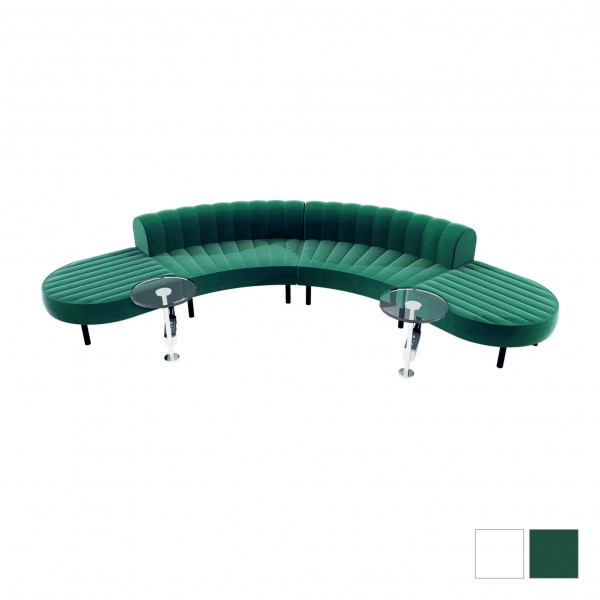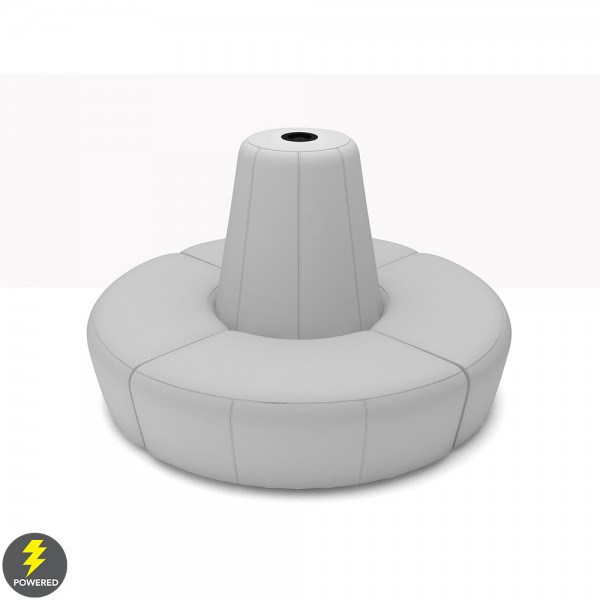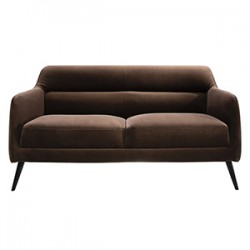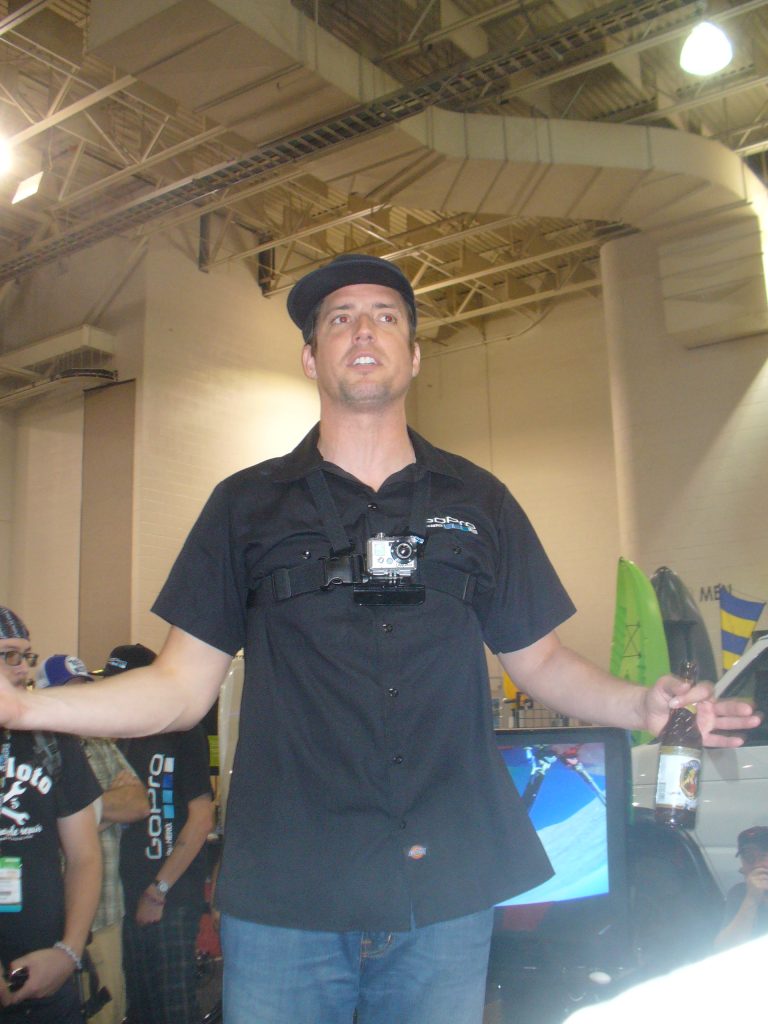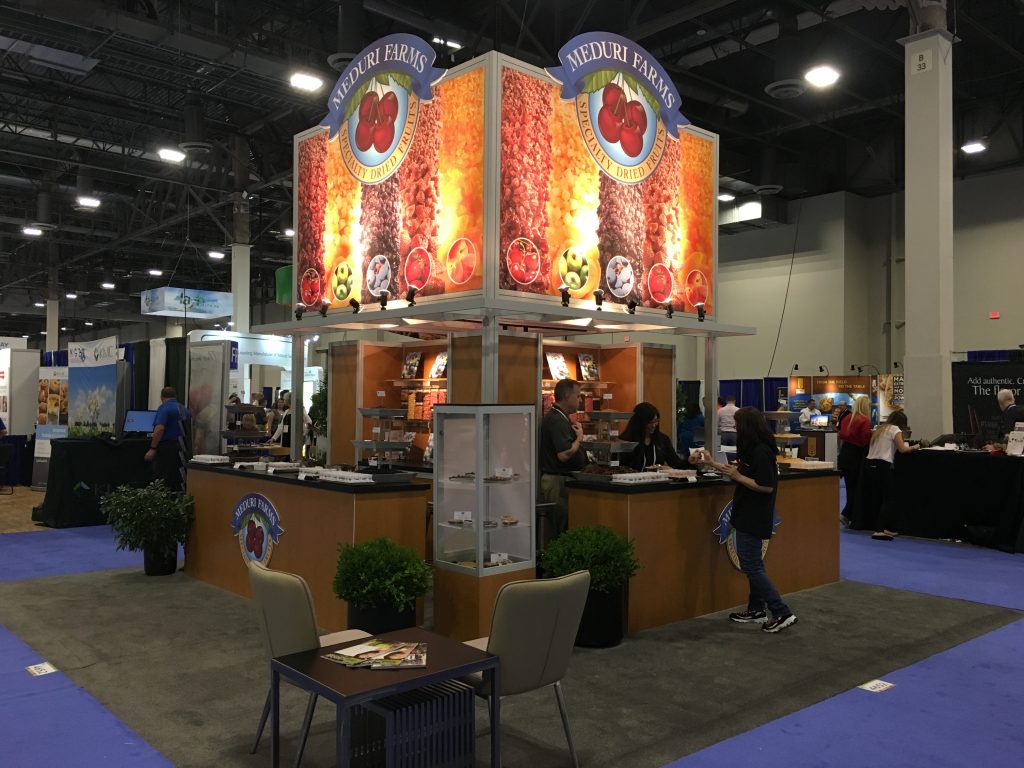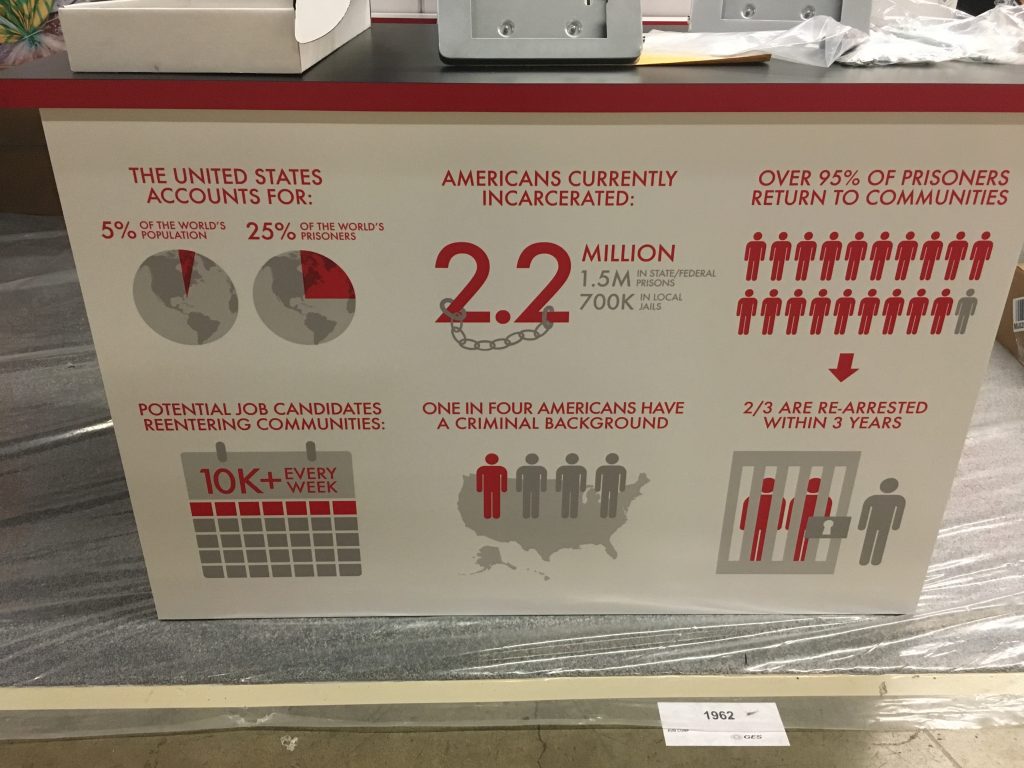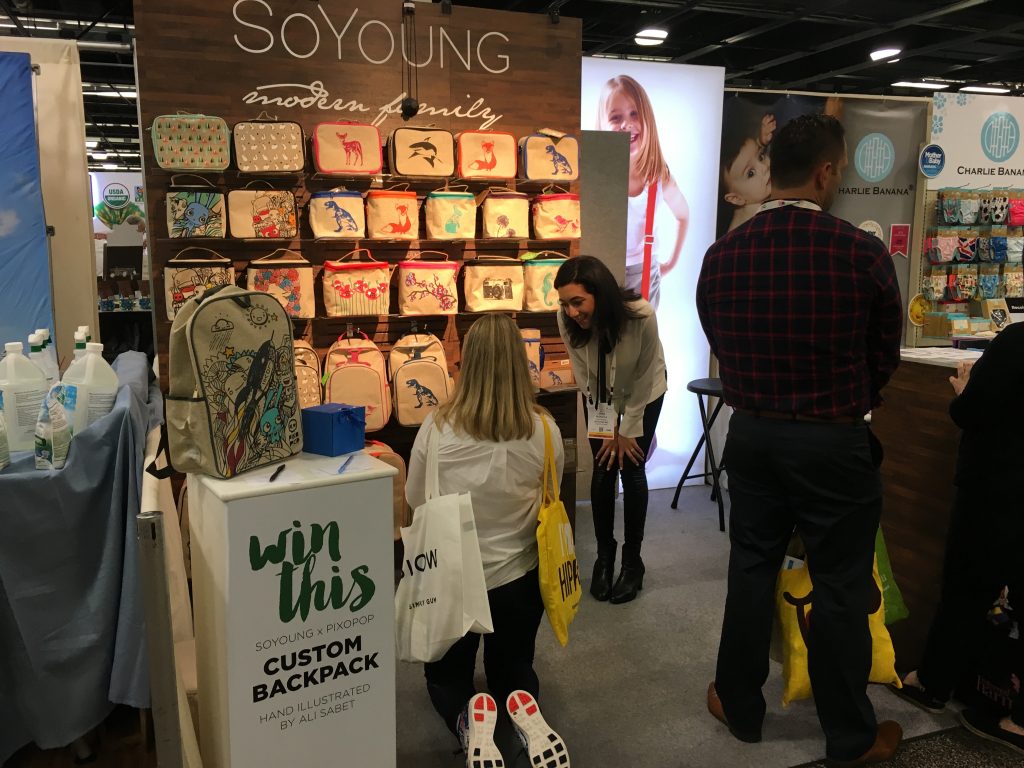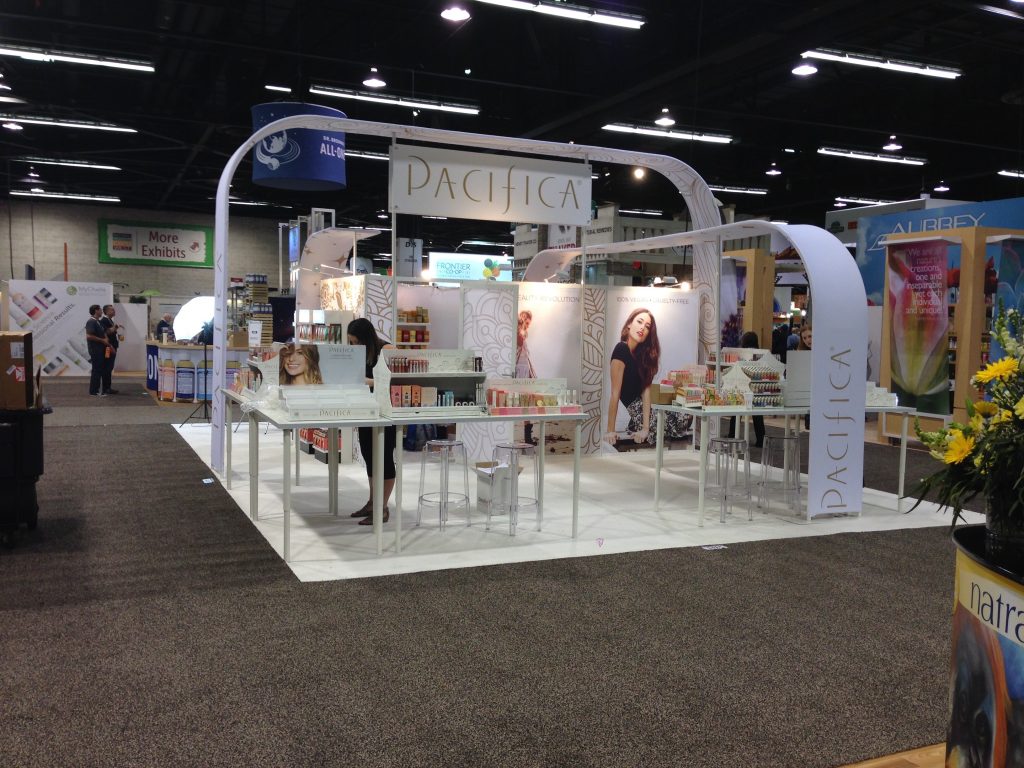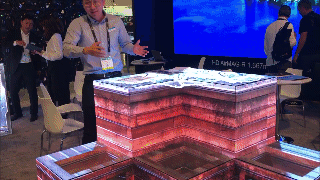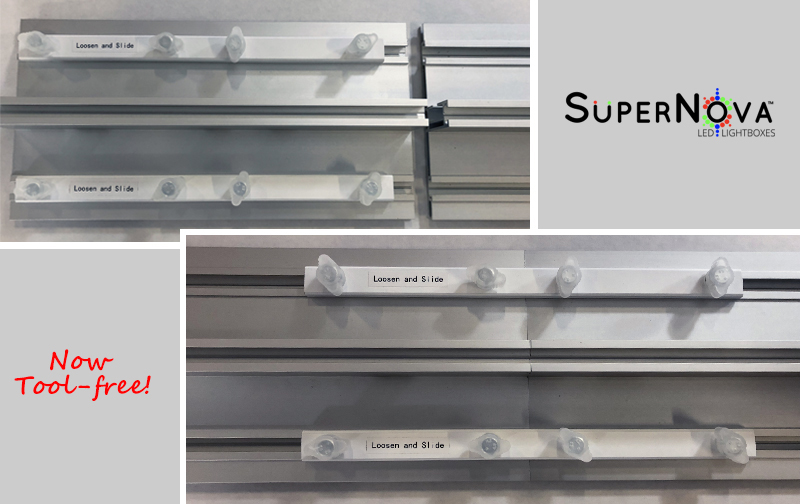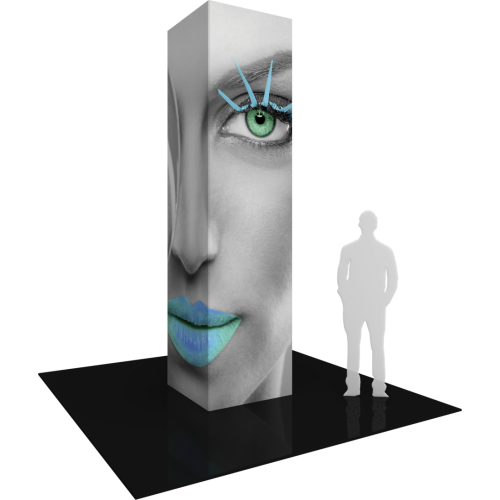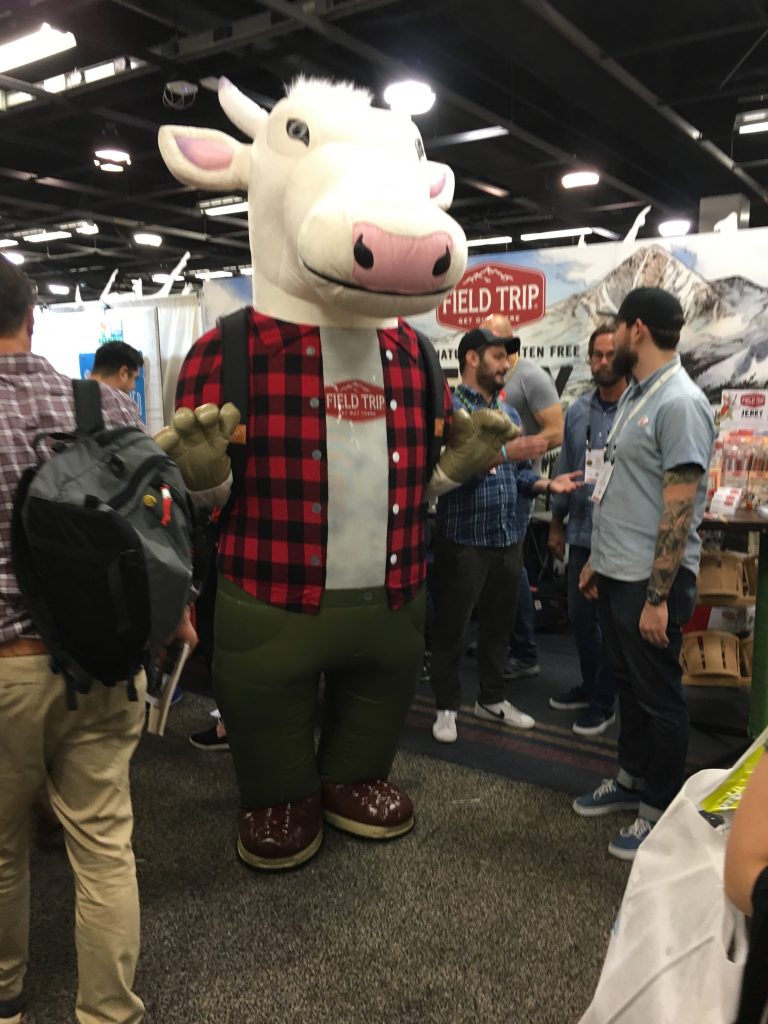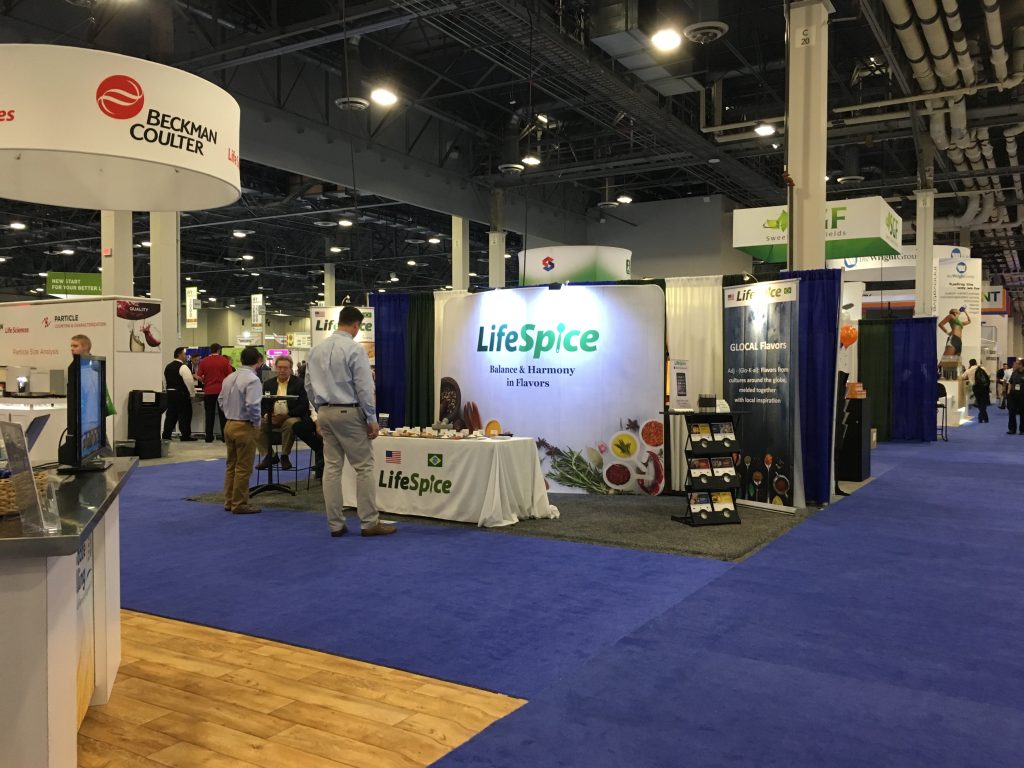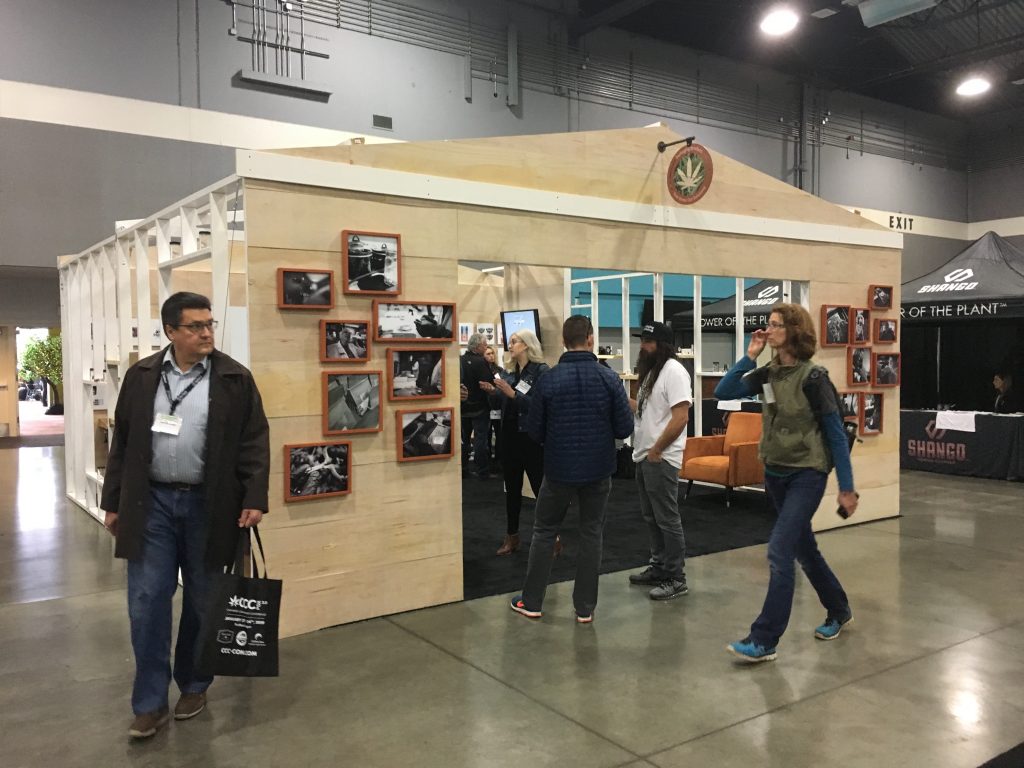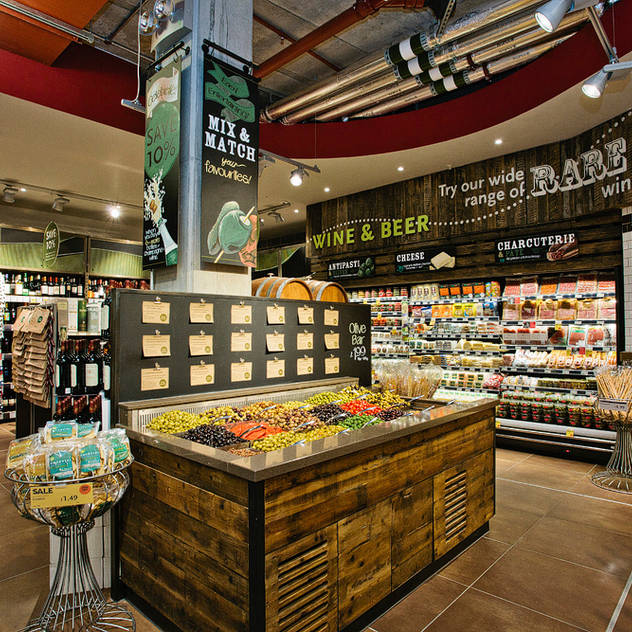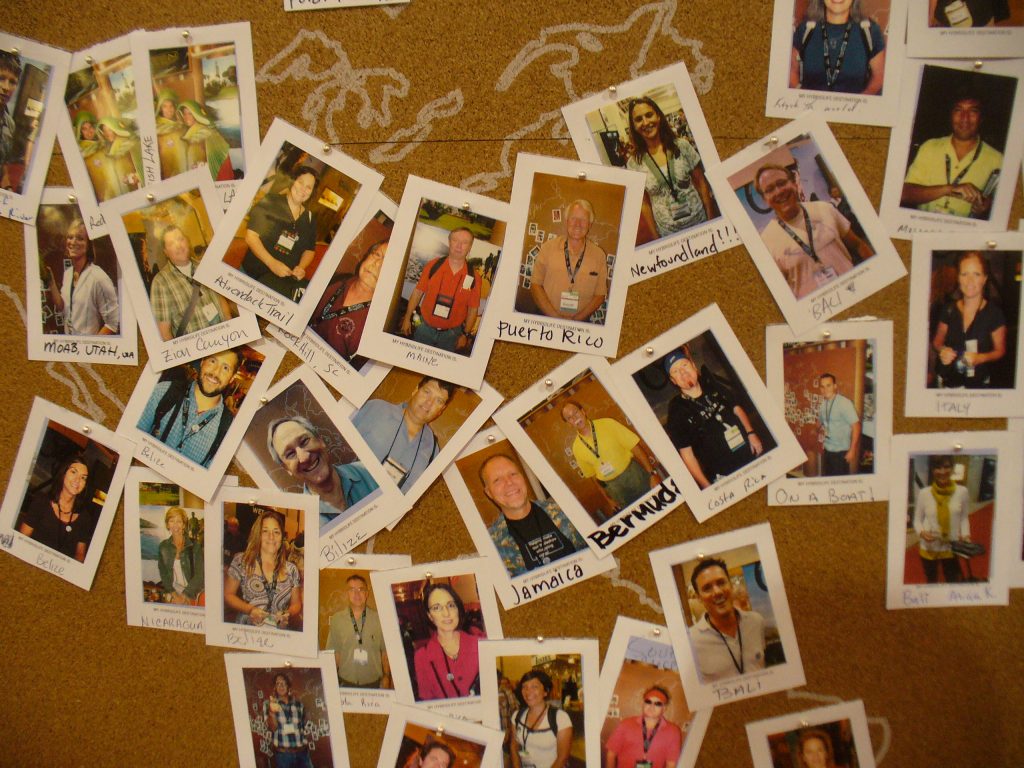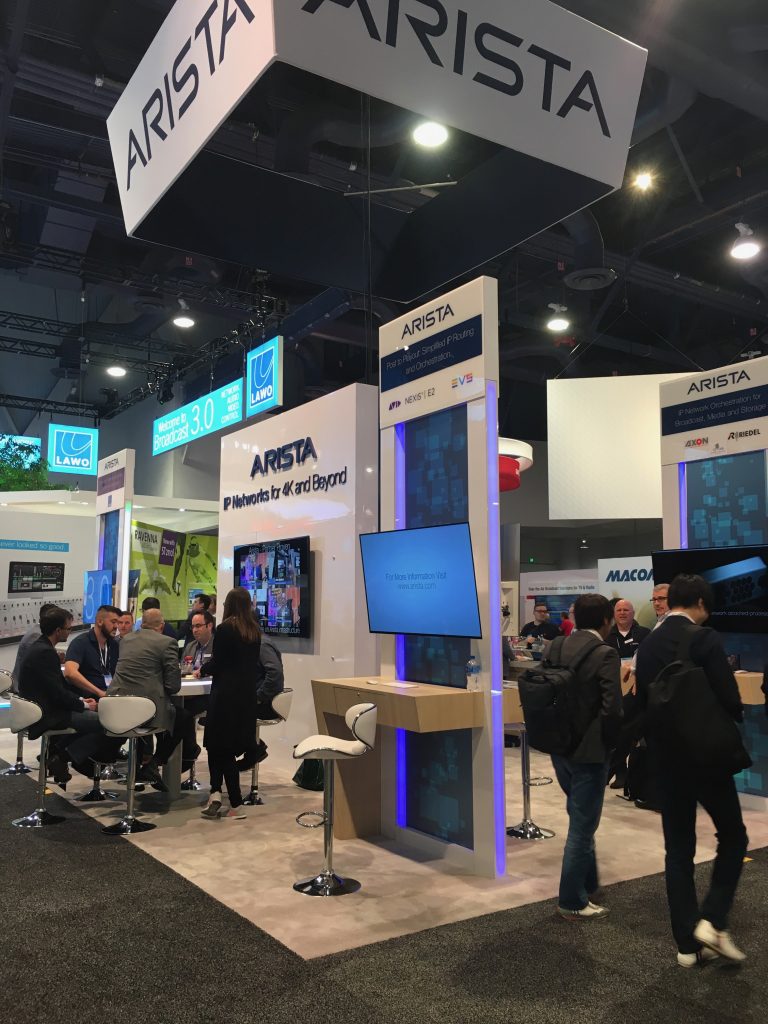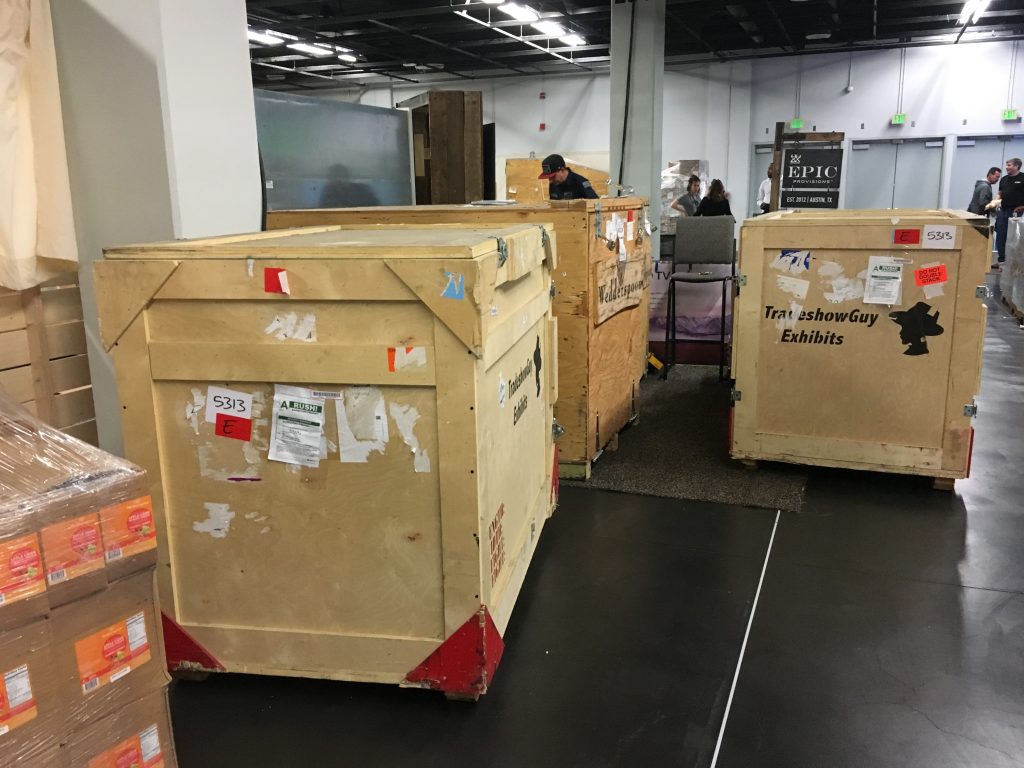Is Rented Furniture Your Best Choice?
Many clients I work with struggle with many of the bits and pieces of their tradeshow exhibit, including furniture Some clients prefer to own a handful of stackable chairs that stay in their exhibit shipping crates when not in use. Others like the idea of having a fresh new look and budget for furniture rentals every show.
There’s no right or wrong answer. It’s just whatever works best for you.
Certainly, there are pros and cons to renting an exhibit, which is a bit part of any exhibit house’s overall business. Same with furniture. Let’s look at some of the pros and cons.
Pros – Advantages of Renting:
Selection: Furniture rental companies are vying your business just like any other supplier. And to remain competitive, their selection has to be deep and wide. Which brings us to the next thing:
Shiny new: Renting furniture means you’ll get a piece that has only been used a few times, if at all. There’s a lot of turnover in the furniture rental industry and to stay on top, companies have to offer high quality. Which means that they are offering their best. If you get a piece of furniture that is scuffed or damaged, chances are you won’t use that company again.
Ease of use: This is one of the biggest drawing cards. Most furniture rental companies have warehouses near the major metro areas. When you rent chairs, tables, sofas, loveseats or whatever, it shows up at your booth space. At the end of the show, you just leave it there and the furniture company picks it up. And most bigger shows will have a local rep on site to deal with any issues that come up.
Damage: your furniture will get tossed, bounced, dropped and damaged eight ways from Sunday. It’s the nature of the tradeshow world. And after a while, it gets old and worn out.
Storage: when you rent furniture, you don’t have to pay to store it.
Shipping: when you rent furniture, you don’t pay to ship it. It just shows up. The price is all-inclusive.
Cons – Advantages of Owning:
Less Cost: not necessarily a negative, but weigh the cost of renting furniture a half dozen times over a year vs owning and storing a set of furniture, and undoubtedly the cost to rent that many times will be higher than purchasing something and using it six times.
Storage: If you have sufficient storage space and the chairs fit in your shipping crates, you don’t have to worry about them.
No Surprises: When you own furniture, you don’t worry about renting something turns out to be different than what you expected.
Less Hassle: Don’t have to deal with yet another vendor.
Is renting furniture the right thing for you? Talk to your exhibit house. No doubt they work with at least one good furniture rental vendor that can answer your questions.
Check out our selection of rental furniture at TradeshowBuy.com.

